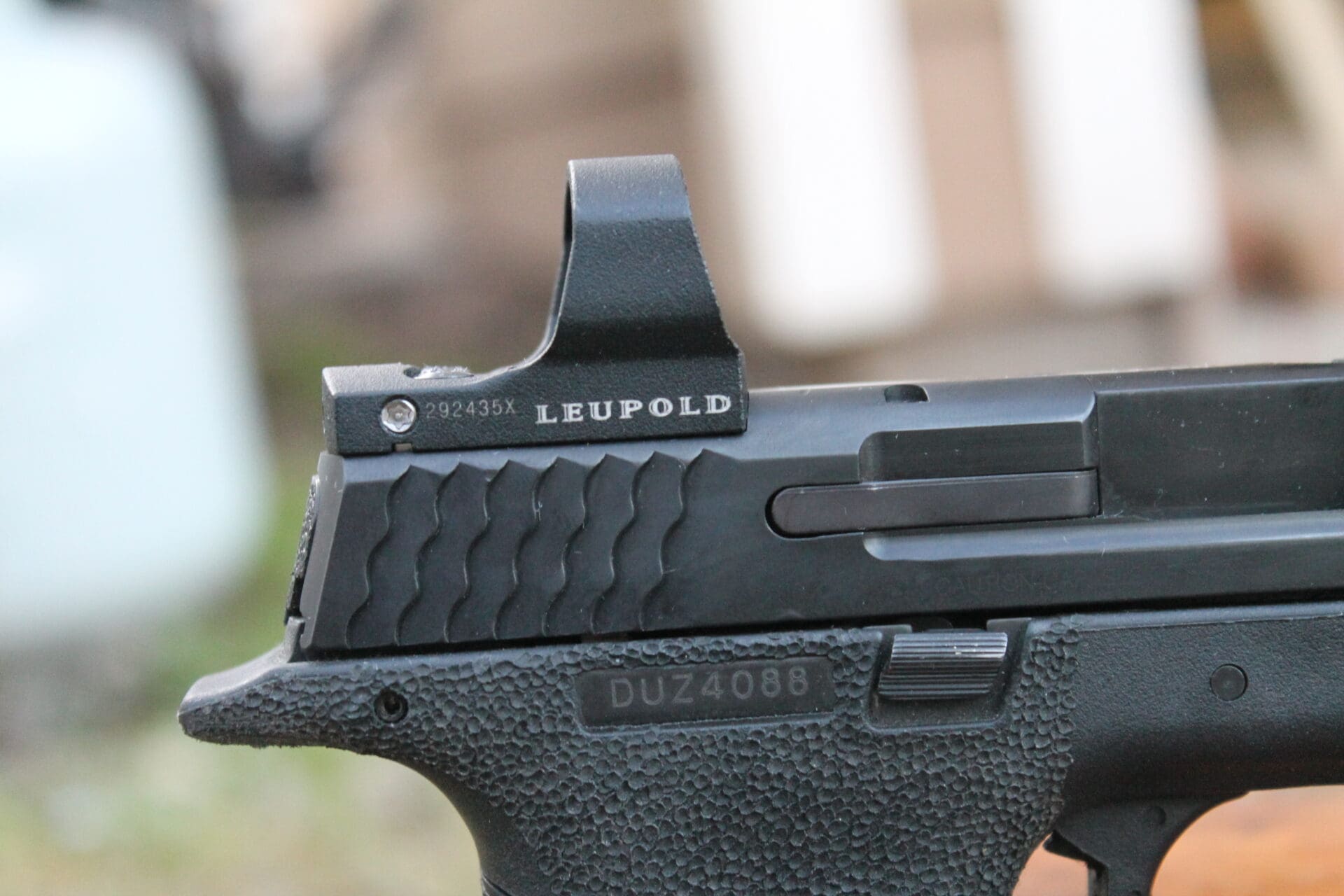
If you need to, cup your hands behind your ears to enhance your hearing and gather important sounds. If you wear ear plugs when shooting a rifle, like I do, yank them out as soon as you shoot. Listen carefully after the deer goes out of sight. Use them to lock onto your deer, sort it from other deer that may be running with it, and record what you see in your mind while it is still in sight. But I find that the adrenalin that usually hits when I’m in predator mode helps sharpen all the senses. Usually, this is not much time, and capturing details can be difficult when a lot of things happen quickly. You are not only studying how the deer is running but where it is running, from the moment of the shot until the deer goes out of sight. Capture an image in your mind of the deer’s path. A deer’s reaction and how it runs after you release an arrow or bullet can tell you a lot about the effectiveness of your shot. A deer that exhibited all the “good signs” I just listed is likely to be dead somewhere close by. Seeing a deer do the “death scramble” is one piece of evidence that can help keep you on the trail when you don’t find the deer as quickly as you thought you would. It seems to crash into brush as it zig-zags on an uncertain path.It scrambles low to the ground with a stiff-legged or awkward gait.The deer jumps up or kicks after the shot.It stops and looks around as if to see what happened.It is finding an easy and quick path out of the area.The deer is running and leaping with tail high.Its reaction will tell you a lot about the effectiveness of your shot.

Study the deer’s immediate reaction.įollow through on your rifle or bow shot (meaning, do not jerk your head away from the scope or bow sight so fast that you affect your accuracy), and then get your eyes on the deer. Going through these steps every time you shoot a deer, in the order presented below, will increase your success at recovering deer quickly if they do not fall within sight. That’s why I have a checklist of things to do as soon as I pull the trigger or release the arrow. A deer hit in the heart or through both lungs is dead on its feet, but some of them will still run at least as far as their last breath can take them. Whether hunting with rifle or bow, I wait for a broadside shot through the vitals. Not every lethal hit with arrow or bullet produces a blood trail, and in those uncommon cases I like to know the deer is lying nearby. If I’m hunting alone, the deer runs a long way, and the blood trail is sparse, it’s going to be a slow struggle on hands and knees to find my deer.įor another, like any ethical hunter, I want quick, humane kills. I’m not color blind, but red just doesn’t pop out of greens and browns like it does for people with normal color vision. Luckily, I shoot all my deer as if I know there will not be a blood trail.įor one reason, I have a color vision deficiency that makes it difficult for me to spot small drops of blood on the ground. Light faded, but my flashlight beam did not reveal the red I was hoping for. But no blood was to be found where there should have been blood, nor anywhere along the doe’s last path.

When I squeezed the rifle trigger, she kicked off and charged into thick cover, and I thought I heard her fall. My deer stepped out third: a big, long-nosed, alert doe. She was about the same size as the button buck and had the short neck, short face, enormous ears and other features of a late-season fawn, so I waited. A young doe, probably the sibling, emerged a little more cautiously. The button buck appeared first, as they usually do.


 0 kommentar(er)
0 kommentar(er)
